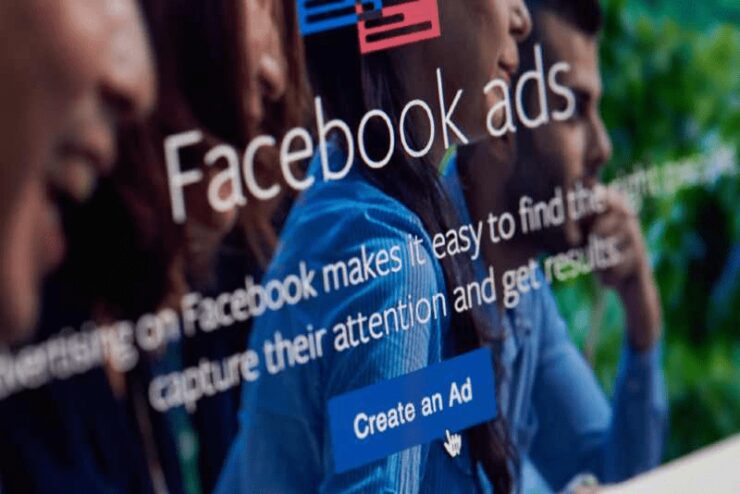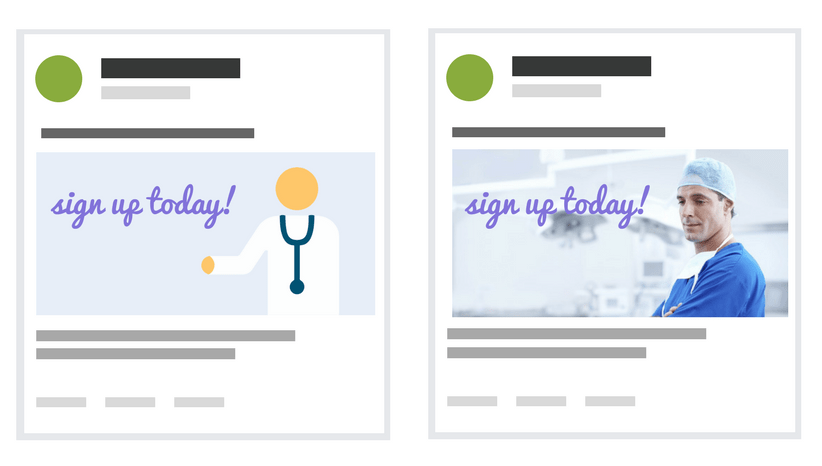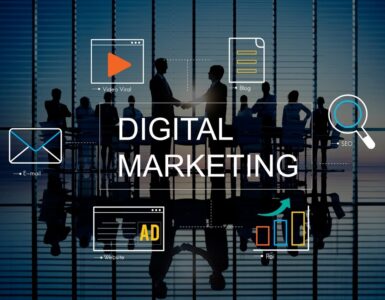Facebook traffic is highly effective to sellers with suitable approaches. Yet, Facebook ads are not cheap, and avoiding common mistakes is a must to save money.
With over 2.8 billion monthly global active users, Facebook is currently the largest social media platform. As a result, it provides a great source of external traffic for Amazon sellers, and with the right marketing strategies, sellers can increase conversion rate, sales and build a large customer base.
However, Facebook is still underutilized by small and large business owners alike since they don’t know how to use paid ads to their advantage. Below are five common mistakes to avoid while executing a marketing Facebook plan.
(In case you don’t want to spend much time delving into the details, contact a trustworthy Facebook ads agency for professional consultancy).
The Target Audience Is Too Broad
One of the leading causes for low engagement is that the audience is too broad, which might expose your ads to those without any interest in the product. Therefore, it is recommended to narrow down the audience by adding one targeting metric (demographics/interests) one at a time to increase the targeting accuracy.
While a narrow audience will allow brands to make a better connection with customers, too much refinement will lead to an insignificant audience and cut out the people who would have converted otherwise.
Poor Product Listings
After all the efforts into refining Facebook ads, landing pages, discount offerings, etc., eventually, the potential buyer arrives at your Amazon store. However, what makes them proceed to purchase? It’s the product listings. Poorly-written listings will fail to convince people to buy your products.
Before welcoming any external traffic to your Amazon page, make sure you are not committed to any of these mistakes:
- Spam titles with keywords
- Confusing product images
- Mediocre descriptions
Develop the listings first before launching the Facebook ads if it is brand new without images or customer reviews.
Without an appealing listing, it’s a waste of money to spend on attracting external traffic. Or even worse, potential buyers might end up buying from your competitors through comparison sections of Amazon.
Here are some tips on optimizing product listings for conversion you should keep in mind:
Optimize the title
The title could be up to 200 characters as long as it is informative and does not contain overlapped keywords. Try prioritizing the main keyword right at the beginning of the title, then addressing the product’s purposes, benefits, different use cases, etc.
The buyer should have an idea about what you are selling and whether the product is right for them in the first place. Here is an example of a great title:
Write throughout descriptions in bullet points
Be concise, informative with this part. If you don’t know where to start, it’s great to explain what you’ve presented in the title further.
Provide high-quality image
It is advisable to take full advantage of the number of images allowed for listings. Choose the best and most informative visual as the main image, and fill the other six slots.
Plus, the images should be at least 1000 pixels, allowing customers to have a closer look at the hover-to-zoom function.
A+ Content
A+ Content is applicable for brand-registered third-party sellers and vendors. It’s an effective way to give your product’s description and brand story a better illustration that catches more attention. According to Amazon, A+ Content proved to increase the conversion rate by around 5.6%.
Directly Driving Traffic To Amazon
Facebook users are in a different stage in the buying journey to those browsing Amazon. In other words, they are not in the buyer’s mindset.
The conversion rate in Amazon is relatively high, at 13%, and it’s even higher among Prime members, at 72%. Therefore, sending people with low buying intent to the listing will likely lower the conversion rate and hurt the product’s keyword ranking.
Using a page landing in between is highly recommended, and it does more than prevent the conversion rating from dropping.
Here are some benefits of using a landing page:
- Page landing helps warm up potential buyers while filtering out those who are not uninterested in the product. It helps improve or at least safeguard the conversion rate on Amazon.
- Get emails to build a customer base for later marketing plans.
- Obtain more data about customer insights for retargeting the ads projects.
A landing page is vital since Amazon does not provide any conversion information from Facebook or outside traffic. With this buffering website, paired with Facebook pixel, Amazon sellers can build a customer base to market their products in the future.
Yet, there is a common mistake when designing a landing page: the page content is inconsistent with the Facebook ad. Thus, make sure that it further explains the products with concise, convincing information.
Skip Or Poorly Conduct A/B Tests
Some marketers are confident in their content and do not run A/B or split tests. Yet, it’s always necessary to get customer feedback to perfect the ads and get the best return from paid ads campaigns.
Also, alternating multiple variables at once is one of the grave mistakes while doing A/B tests. In the end, the marketer cannot attribute the results to any particular change.
Alternatively, changing one variant at a time and refining that change before moving to the next element. Do not rush the process since doing so only messes up the results.
A social media agency can give you a helping hand with these tests for a high-impact campaign (visit website for more information).
Overlook Ad Frequency
This Facebook metric shows how many times Facebook users have seen a particular ad. Higher frequency might annoy people, and they can choose to block it altogether.
The general rule of thumb is to keep the frequency between 1 to 2 points with a frequency capping of 3.4 points. This range will guarantee brand awareness while not causing much irritation to customers.
Conclusion
To reap positive results from your Facebook ads, ensure you have the proper audience range, optimize product listings, insert a landing page, and run A/B tests properly.
It takes a few errors and trials, especially with A/B tests, before you can gain any noticeable benefits from advertising on the platform. Keep in mind to build the customer list – a valuable brand asset – that you can significantly put into good use for future campaigns.
































